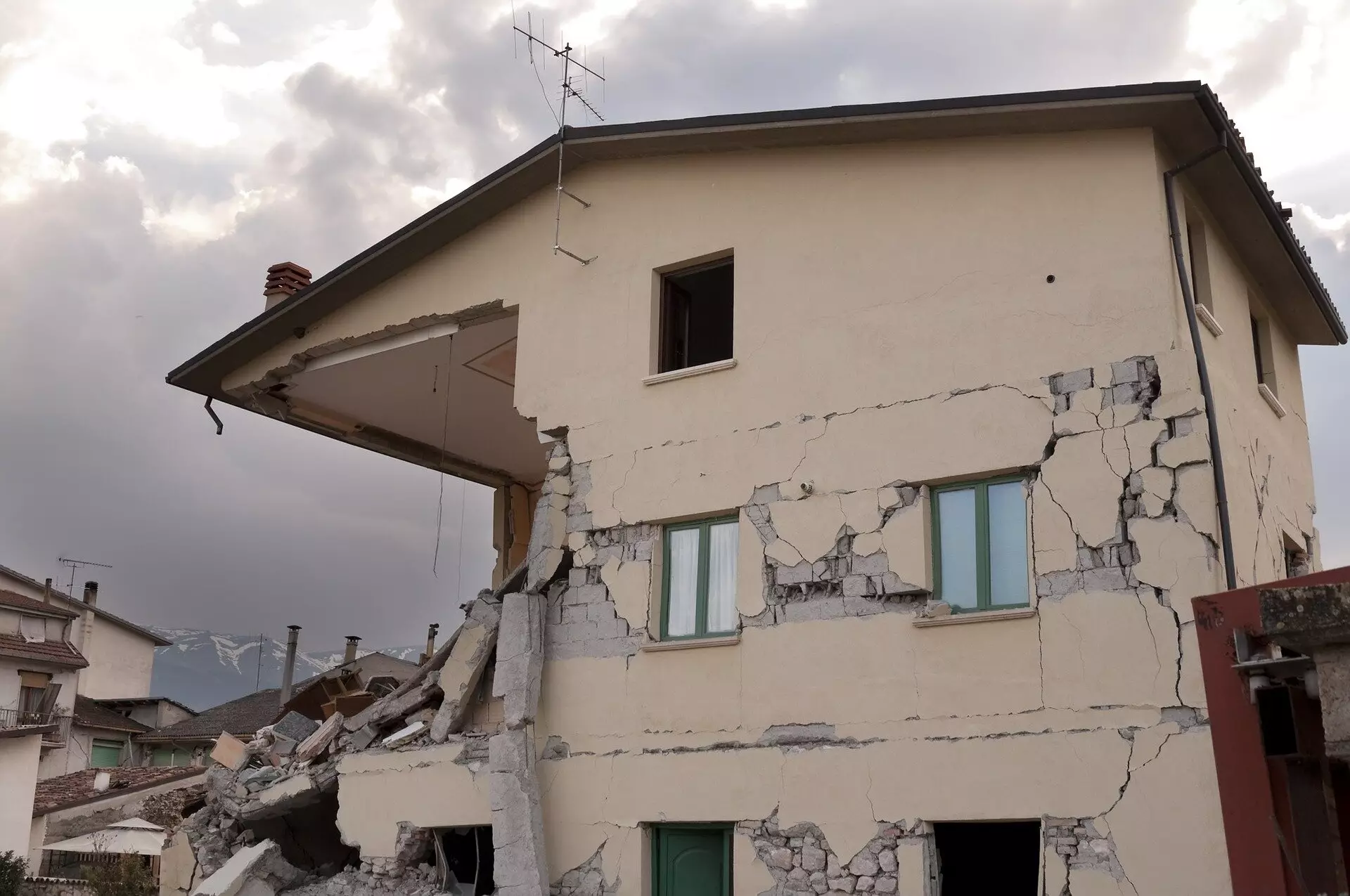Earthquakes remain one of nature’s most powerful and unpredictable events. While many may understand that significant seismic events are often followed by aftershocks, fewer individuals are aware of precursory phenomena that occur prior to a major earthquake. Specifically, the concept of Precursory Scale Increase (PSI) sheds light on how seismic activity escalates before large tremors, presenting valuable insights into the forecasting abilities and preparedness for these natural disasters.
The notion of PSI refers to a measurable increase in both the frequency and intensity of earthquakes within an identified region leading up to a major seismic event. This increment is an essential indicator for scientists aiming to predict earthquakes. Through statistical analysis of various precursor parameters, a model known as EEPAS (Every Earthquake a Precursor According to Scale) has emerged. EEPAS seeks to enhance earthquake prediction capabilities over medium-term horizons—ranging from several months to a few decades—based on the gauge of forthcoming earthquakes.
Despite its crucial role in understanding seismic patterns, research concerning PSI has often been hampered by the intricate methodology required for its detection. Dr. Annemarie Christophersen and her team have pioneered a systematic approach that employs automated algorithms designed to identify instances of PSI from earthquake catalogs. This marked a significant advancement due to the traditional reliance on manual interpretations, which are inherently subjective and slower to apply across extensive datasets.
These new algorithms have been tested extensively against both real-world earthquake records and simulated datasets. Interestingly, the findings indicate that various PSI instances are evident for most significant earthquakes, each characterized by distinct precursor durations and areas of influence. The correlation between the spatial extent of PSI and the time leading up to the main events offers exciting prospects for the field of seismology.
The findings from Dr. Christophersen’s research are critical not only for scientific understanding but also for practical applications in earthquake preparedness. With improved predictive capabilities, agencies involved in public safety can better inform communities about potential seismic threats. Integrating these PSI detection algorithms into the existing EEPAS framework could enhance the accuracy of medium-term forecasts, serving as an essential tool for disaster prevention strategies.
Earthquakes are not merely geological phenomena but are events that deeply affect societies. Increasing our understanding of their precursors can promote proactive measures—saving lives and minimizing damage when the earth trembles. Dr. Christophersen’s commitment to refining earthquake forecasting represents a step toward safer, more informed communities in earthquake-prone regions.
As our comprehension of the precursors to large earthquakes evolves, so does the potential for enhanced forecasting methods. The relationship between seismic activity leading up to significant earthquakes is complex but critical to address. The ongoing efforts to automate and improve the detection of PSI, alongside the successful application of the EEPAS model, signal a promising future in seismic forecasting. By making such advancements, scientists not only contribute to a deeper understanding of earth processes but also provide crucial resources for communities to prepare for the inevitable challenges posed by natural disasters.


Leave a Reply